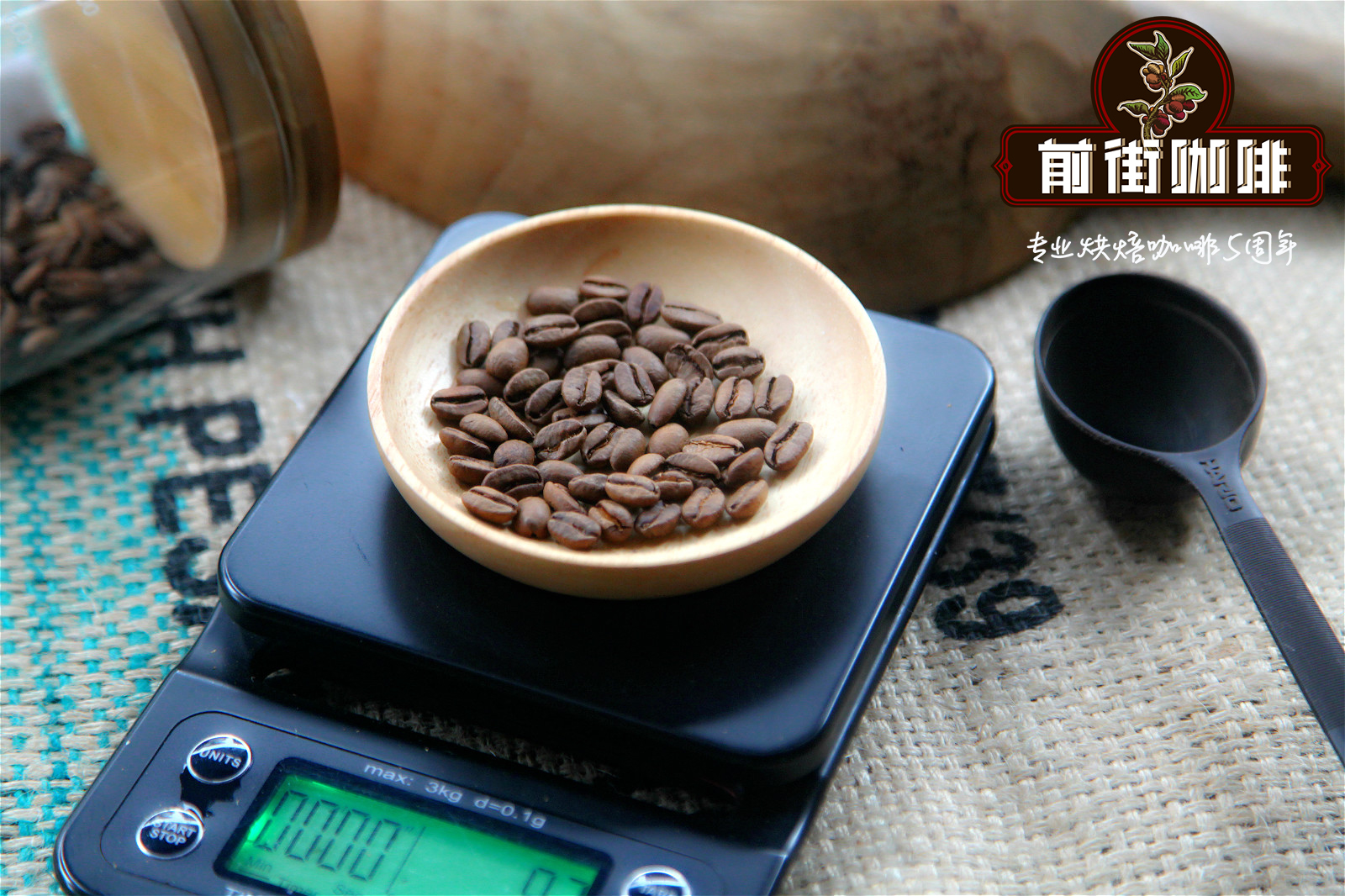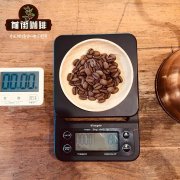Colombia Decaffeinated Coffee Bean Steam Decaffeination Four Decaffeinated Processes

Professional coffee knowledge exchange more coffee bean information please follow the coffee workshop (Wechat official account cafe_style)
Chemical solvent extraction of low-caffeine coffee beans (traditional method)
European / solvent treatment: similar miscible principle, chloroform (chloroform) or benzene solution extraction.
Direct extraction: first expand the bean surface with high-temperature and high-pressure steam, open the stomata of the coffee beans, take advantage of the opportunity to dissolve the caffeine with the corresponding solvent, and finally still bring out the solvent and caffeine by steam.
Indirect extraction: first soak raw beans in hot water, dissolve various chemicals in raw beans into hot water as far as possible (ideal), and then pour in the solvent, caffeine will combine with the solvent and float on the surface of the liquid surface. at this time, it is easy to separate the solvent of the separated layer from the clear liquid of caffeine, and finally soak the processed raw coffee bean in the filtered solution to ensure that the coffee flavor factor is retained in the raw coffee bean.
Advantages: the lowest cost.
Colombia is located in northwest South America, with low latitudes, high elevations, many volcanoes, fertile land and abundant Rain Water. God created unique natural conditions for Colombia. Colombian coffee is famous in the world. 2.7 billion coffee trees, more than 300,000 coffee plantations and nearly 40% of the rural population are directly engaged in coffee cultivation, making Colombia the world's largest exporter of Arabica coffee beans. It is also the world's largest exporter of washed coffee beans. Colombian coffee trees are mainly cultivated in the Andes, on steep slopes about 1300 meters above sea level. Colombian coffee is often described as silky, well-balanced, soft and smooth, and the good mountains and water make Colombian coffee balanced and smooth.
Colombia founded the National Coffee Management Association in 1927, which is one of the few individual coffees sold in the world under the name of the country. In order to do regional certification, the Colombian coffee trademark was created by Juan with a straw hat. Uncle JUAN VALDEZ, the fictional character of the traditional Colombian coffee grower and the mules carrying beans in the mountains and the Andes, meet the certification criteria, that is, the logo can be used to sell coffee as a sign of Colombian coffee quality and producing areas. In the 1980s and 1990s, the logo was deeply rooted in the hearts of the people on behalf of the finest coffee, and at the 2010 Shanghai World Expo it still represented Colombian coffee and appeared as the country's ambassador.
In the past, the classification of Colombian coffee was mainly based on the size of coffee beans, of which the SUPREMO with more than 17 items (Supamo) was the largest, and the next level was the EXCELSO EXTRA with 16 items (according to Celso), but this classification only marked the size of beans, raw beans from different areas were often mixed together, and the flavor of specific regions could not be reflected, while the taste and quality of coffee beans were not directly related to size. In recent years, under the trend of boutique coffee, which pays more attention to the characteristics of producing areas, Colombia has gradually abandoned the original bean-shaped grading system to mark and distinguish it by micro-batch origin, such as Nalinglong, Huilan and Medellin, which were previously introduced on the official account, while less and less are marked with traditional SUPREMO and EXCELSO.
Located in HUILA province in southwestern Colombia, Huilan Coffee has gained fame in recent years because of its beautiful mountains and rivers, beautiful scenery, pleasant climate and superior geographical and climatic conditions. People describe it as mysterious and magical as Colombia, a small South American country. Huilan Coffee has a delicate sour and berry flavor, and has a sweet caramel flavor. Most of the producing areas of Huilan are small farmers, all of which adopt the method of washing. In recent years, Huilan is famous all over the world for its special aroma. Some analysts believe that this is related to the local volcano erupting again in 2008 after 400 years of silence. The rich minerals in volcanic ash bring unpredictable nutrients to the cultivation of coffee. This is also considered to be one of the sources of the special aroma of Huilan coffee in recent years.
END
Important Notice :
前街咖啡 FrontStreet Coffee has moved to new addredd:
FrontStreet Coffee Address: 315,Donghua East Road,GuangZhou
Tel:020 38364473
- Prev

Columbia Coffee Huilan FNC Big Rock grand rock18 Coffee Bean brewing suggestion
Professional coffee knowledge exchange more coffee bean information please follow the coffee workshop (Wechat official account cafe_style) this time, what I share to you is a coffee also from the famous producing areas of Colombia. It is Huilan Coffee from the producing area of Colombia huila, Colombia. Some bean merchants translate into Huilan or Uilahula, but they are all Hui.
- Next

Colombia Antioquia Antioquia Chocolate whirlwind Flavor introduces the characteristics of the producing area
Professional coffee knowledge exchange more coffee bean information please follow the coffee workshop (Wechat official account cafe_style) Western Colombia is the Andes, divided into three parts: the western, central and eastern mountains. The main producing areas are Huila (San Augustin), Narino, Tolima, Popayan (Cauca), Valle de Cauca, Meta, Antioquia (Medelli).
Related
- Detailed explanation of Jadeite planting Land in Panamanian Jadeite Manor introduction to the grading system of Jadeite competitive bidding, Red bid, Green bid and Rose Summer
- Story of Coffee planting in Brenka region of Costa Rica Stonehenge Manor anaerobic heavy honey treatment of flavor mouth
- What's on the barrel of Blue Mountain Coffee beans?
- Can American coffee also pull flowers? How to use hot American style to pull out a good-looking pattern?
- Can you make a cold extract with coffee beans? What is the right proportion for cold-extracted coffee formula?
- Indonesian PWN Gold Mandrine Coffee Origin Features Flavor How to Chong? Mandolin coffee is American.
- A brief introduction to the flavor characteristics of Brazilian yellow bourbon coffee beans
- What is the effect of different water quality on the flavor of cold-extracted coffee? What kind of water is best for brewing coffee?
- Why do you think of Rose Summer whenever you mention Panamanian coffee?
- Introduction to the characteristics of authentic blue mountain coffee bean producing areas? What is the CIB Coffee Authority in Jamaica?

